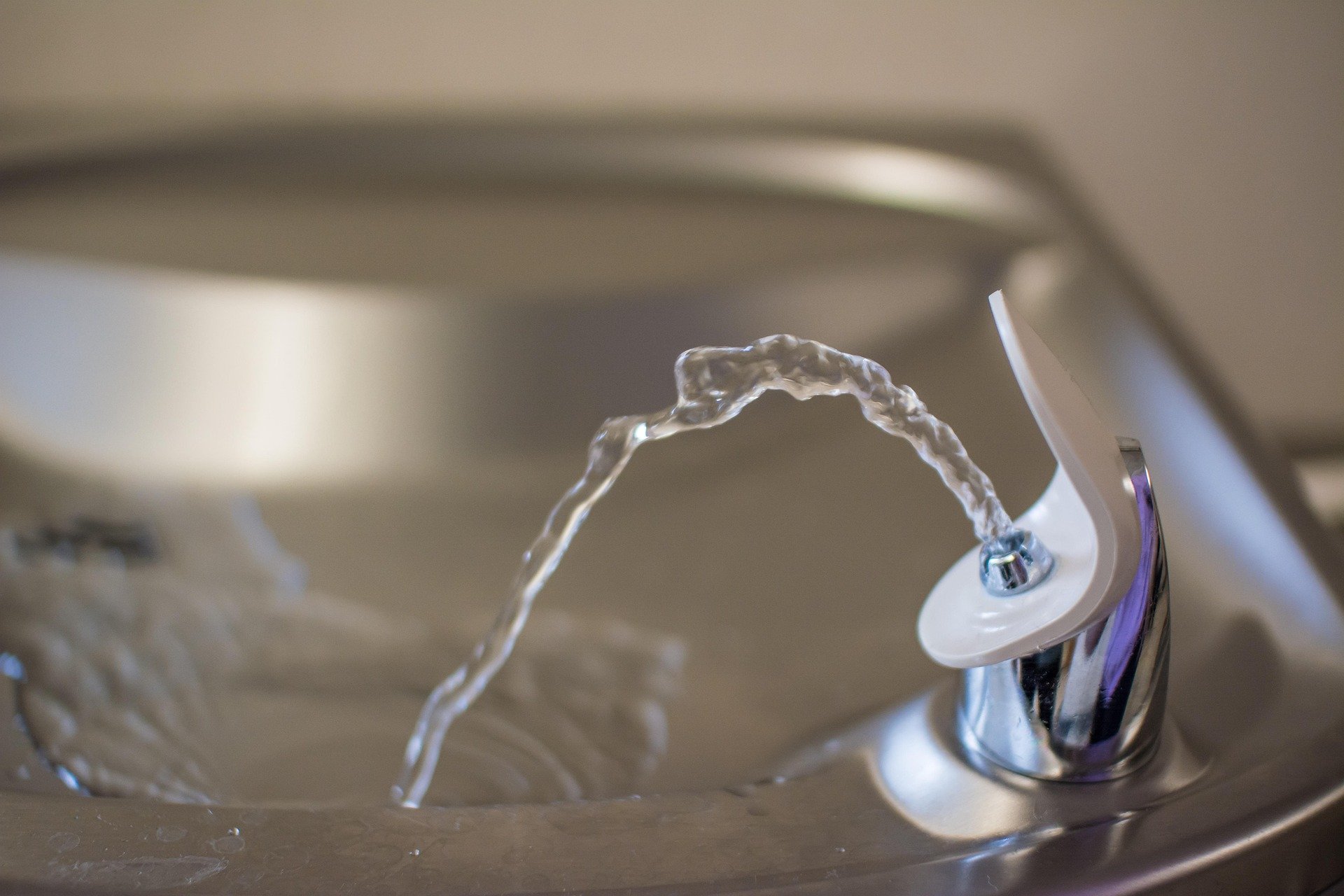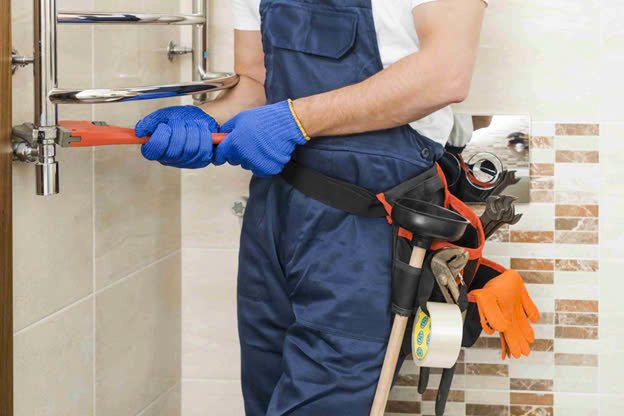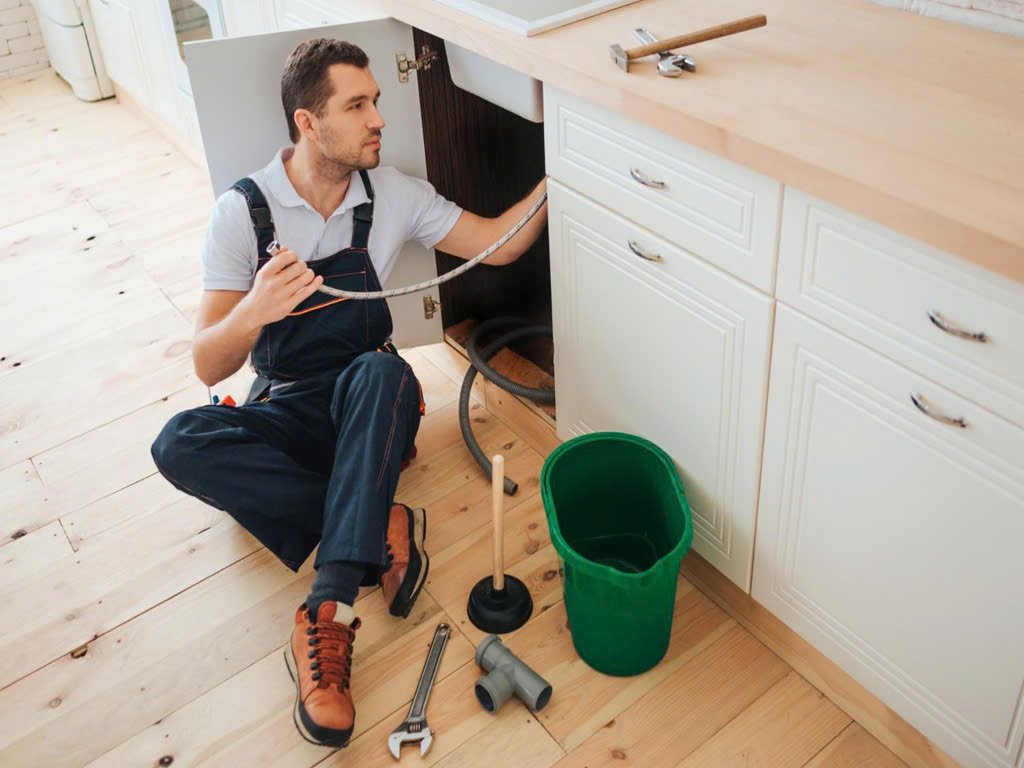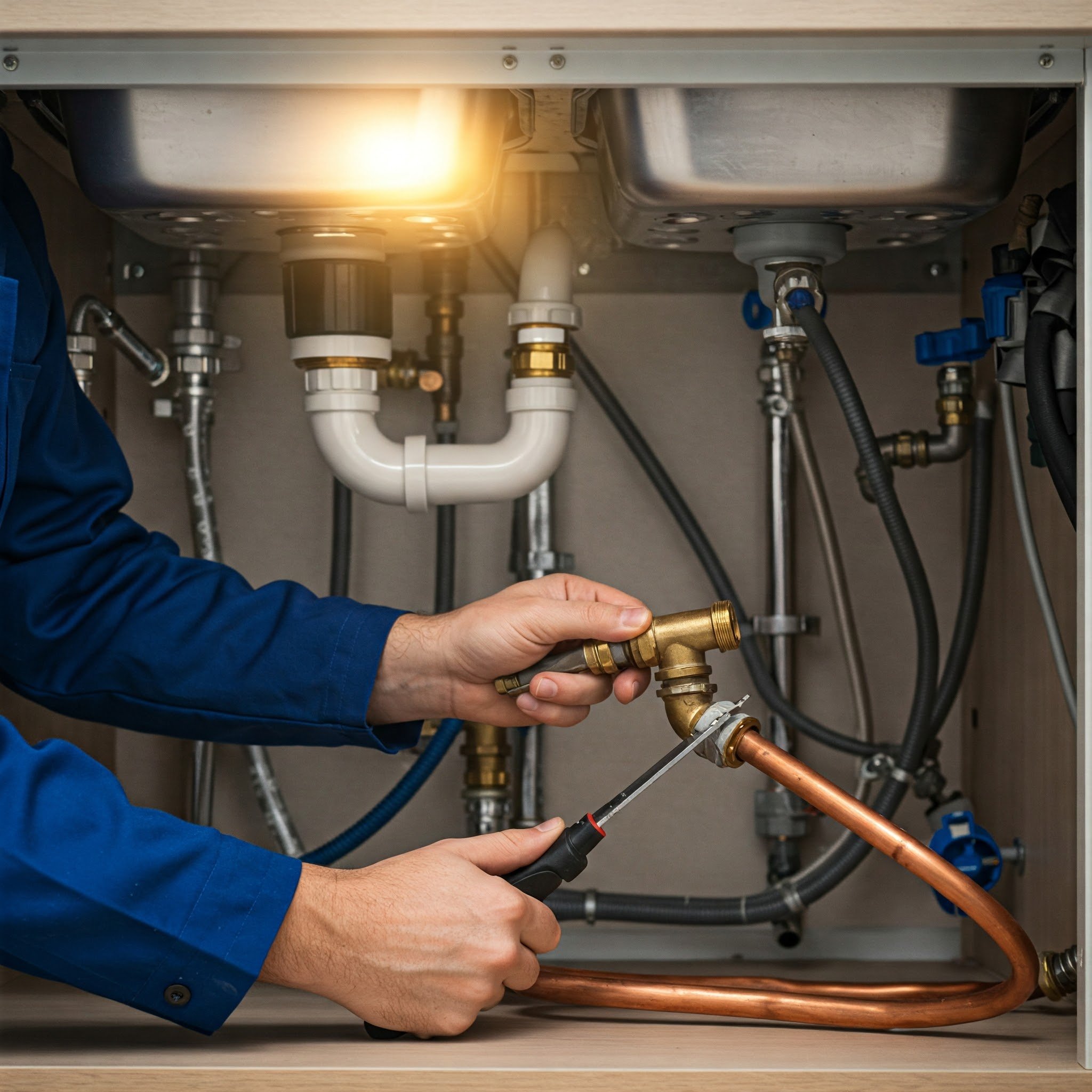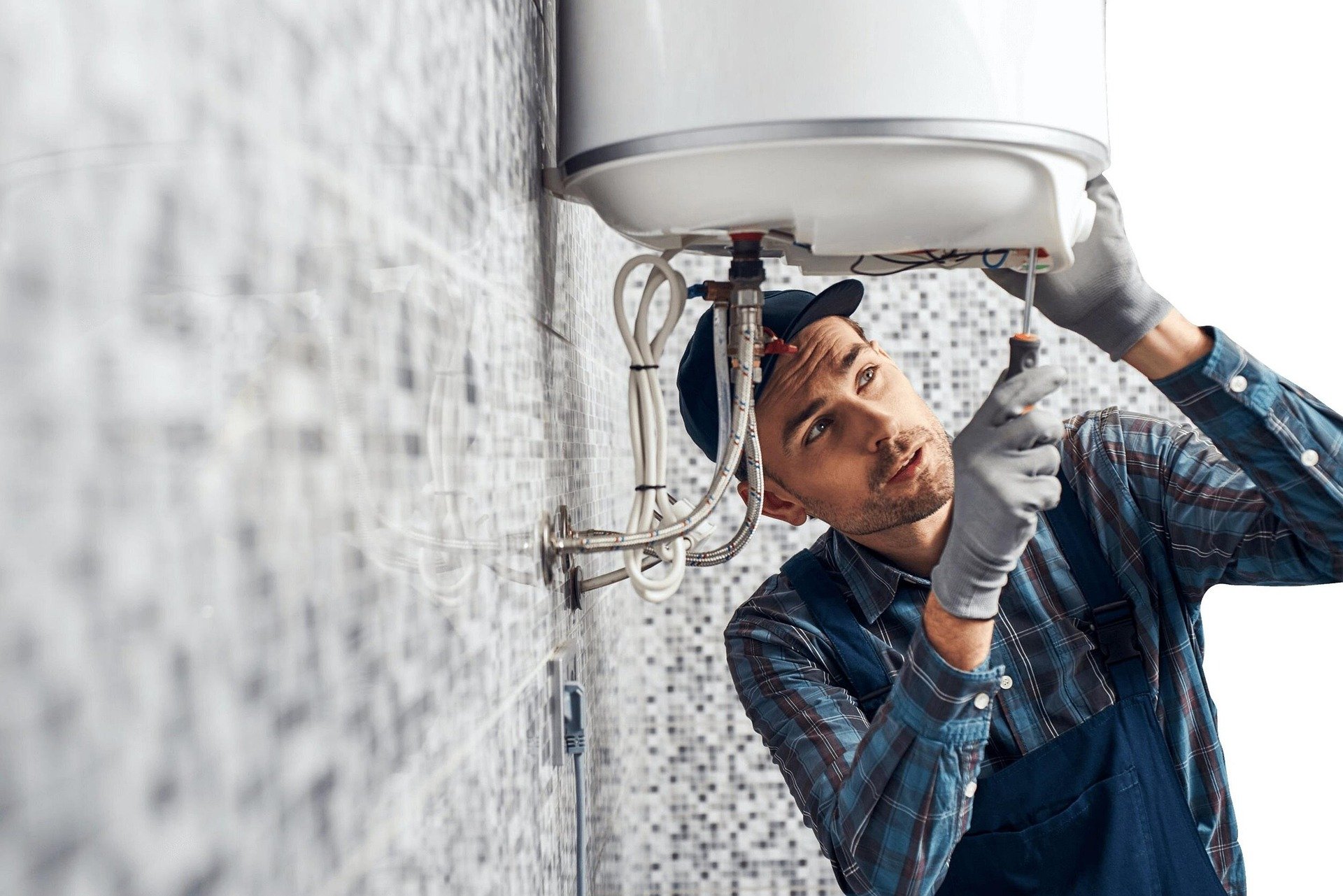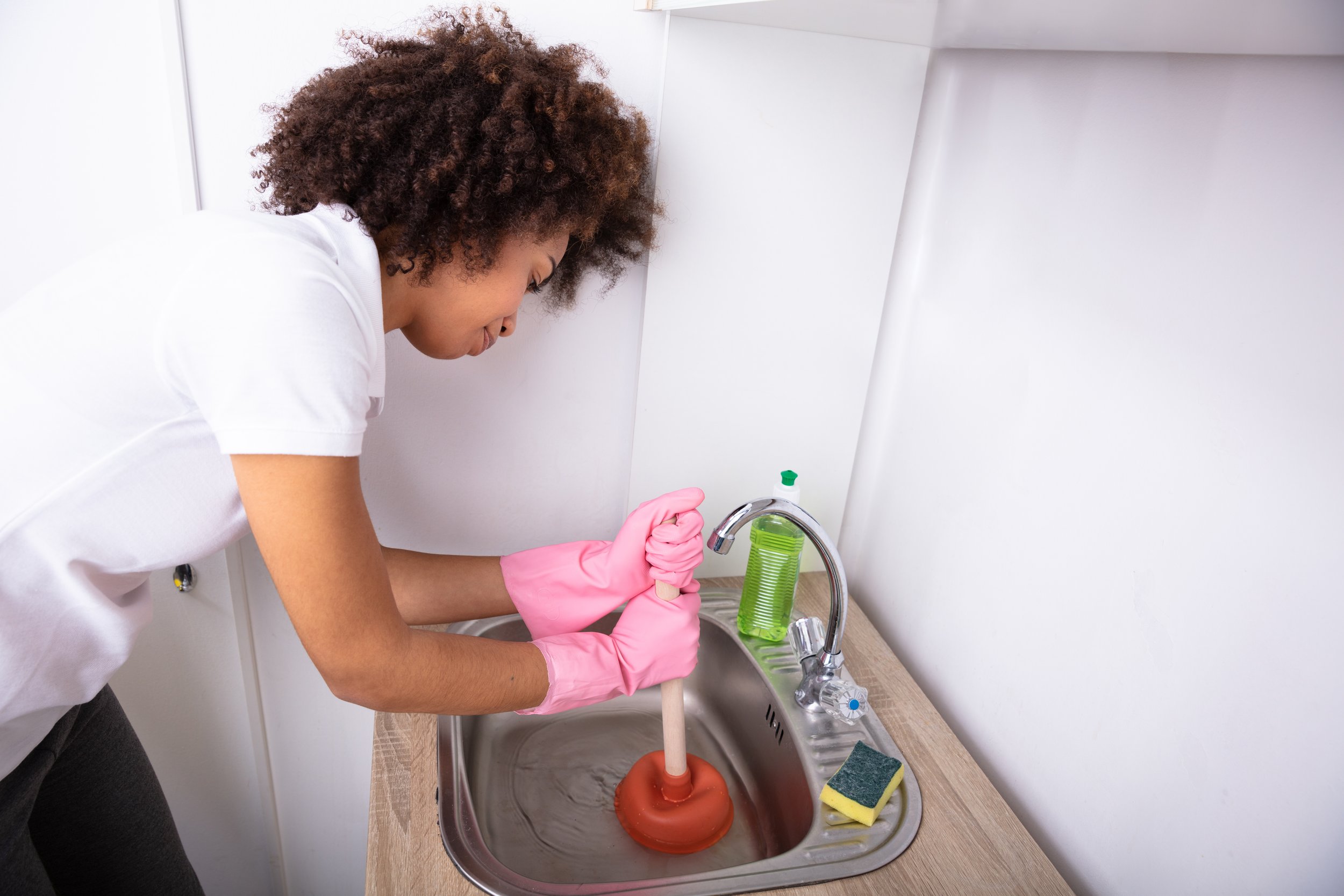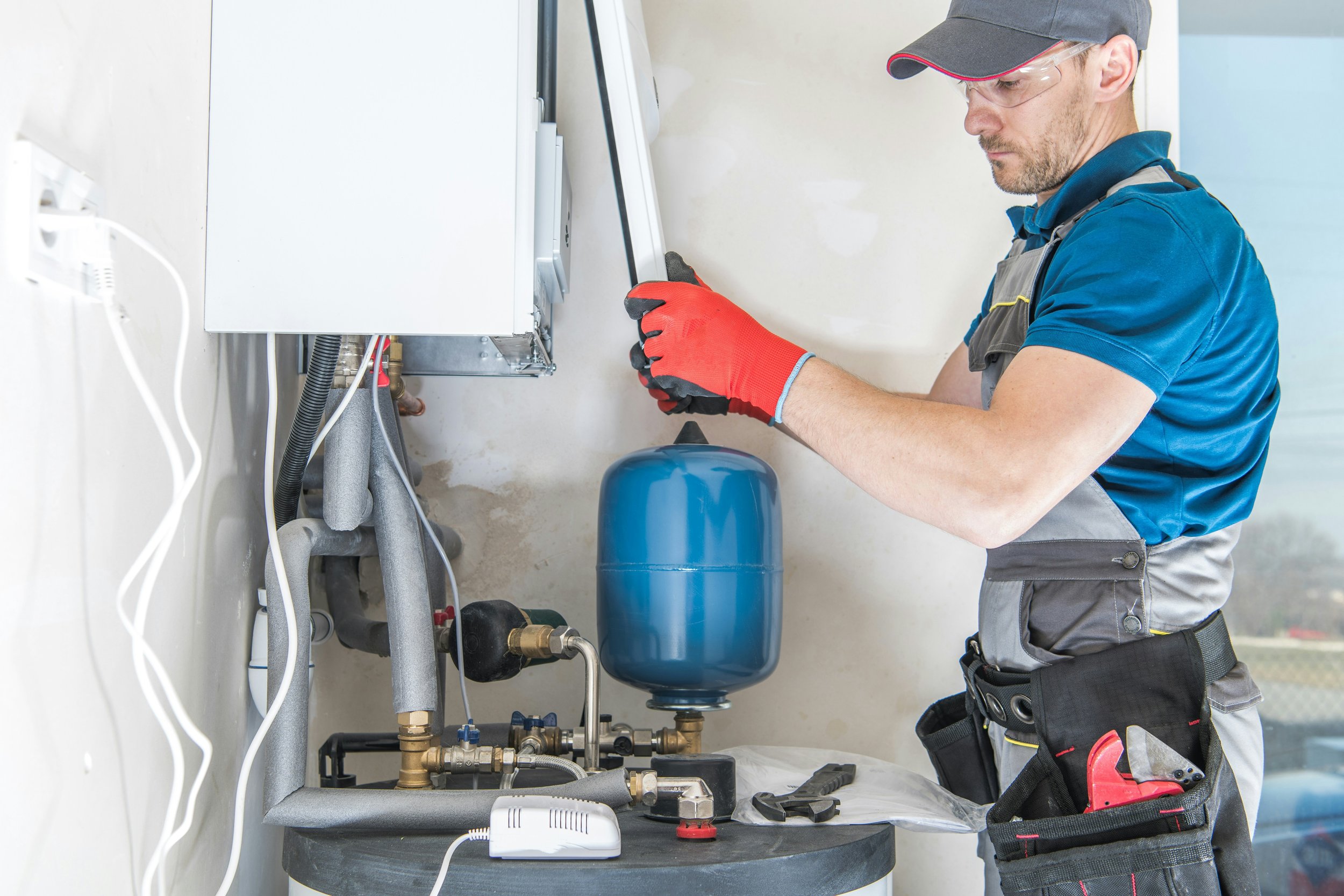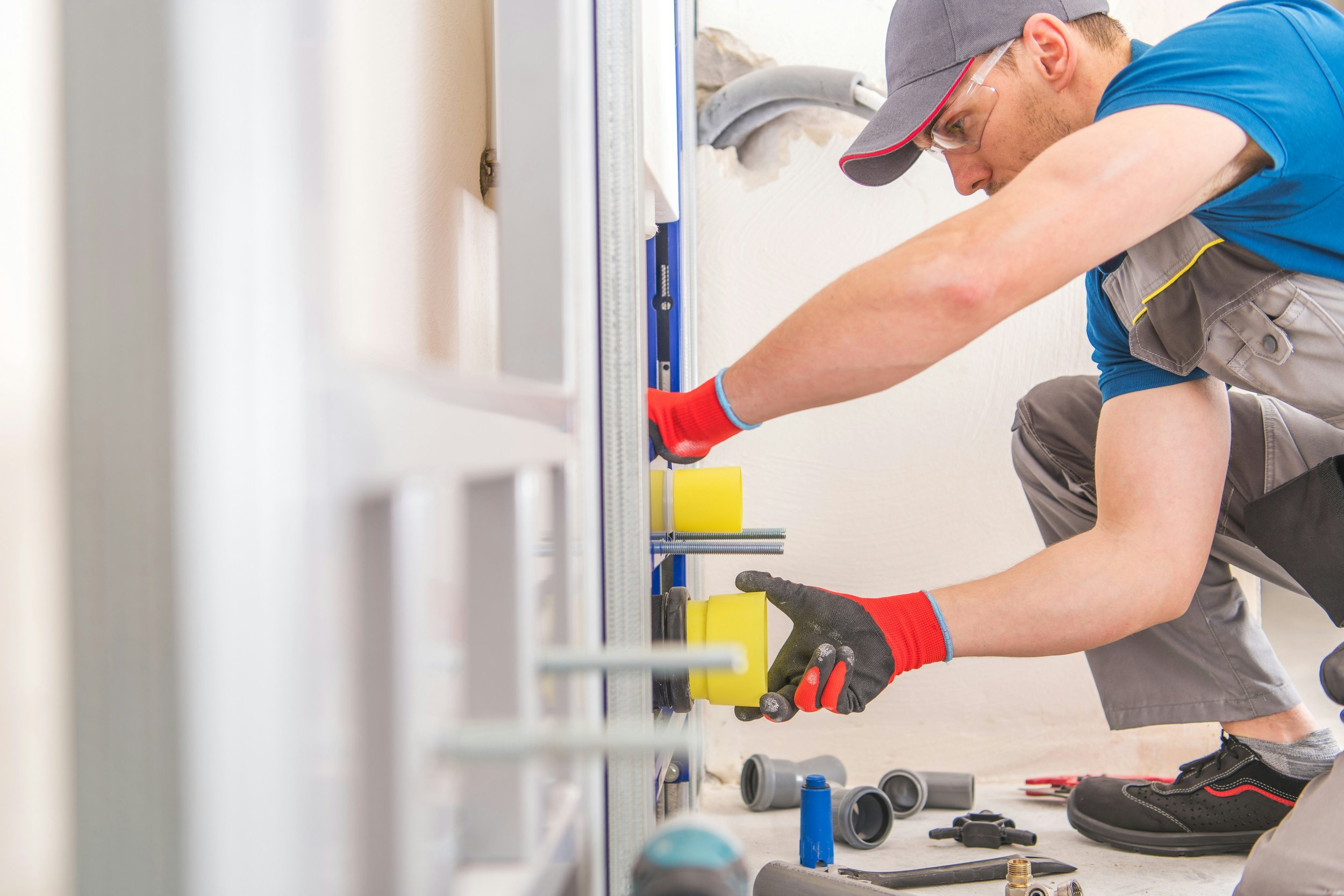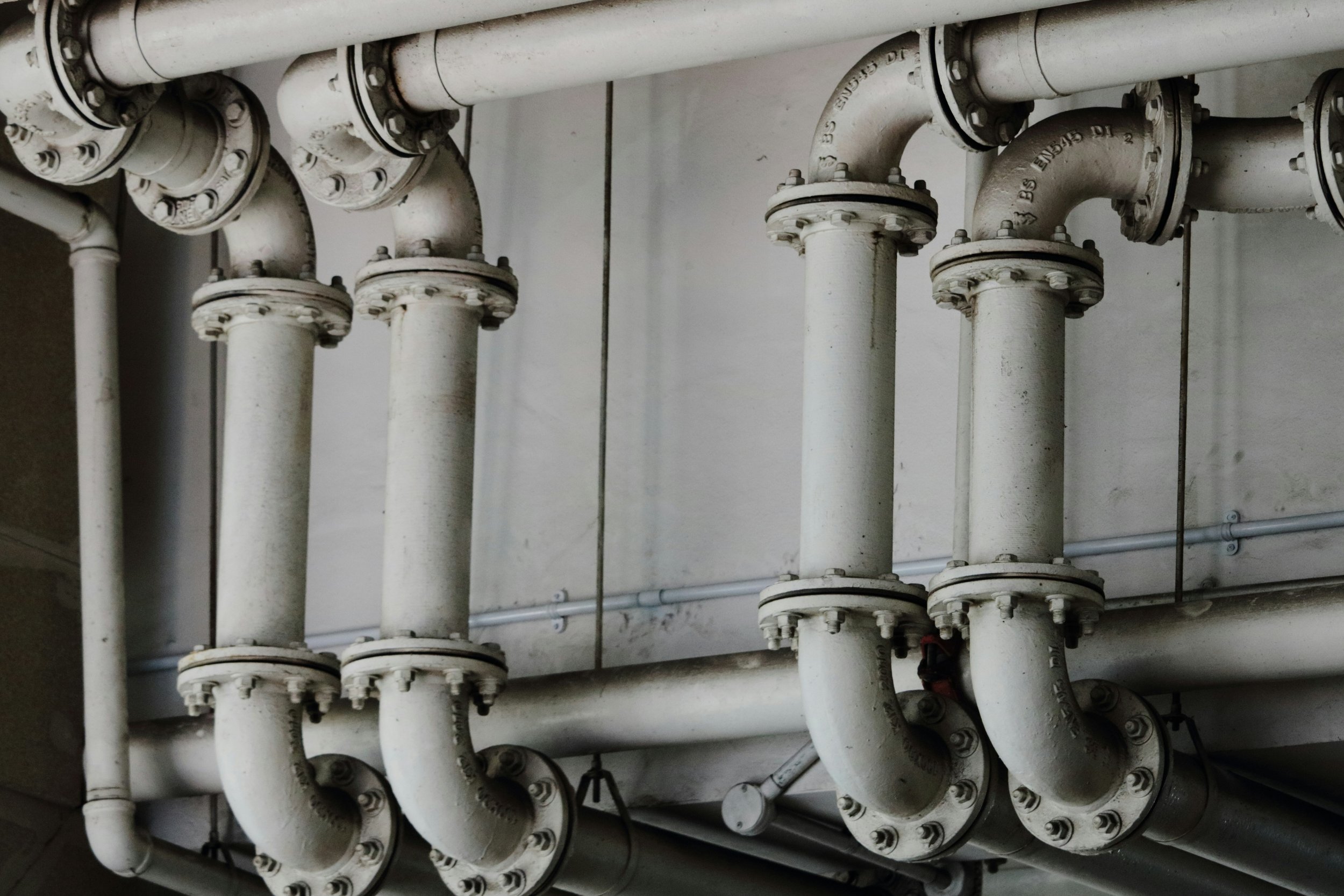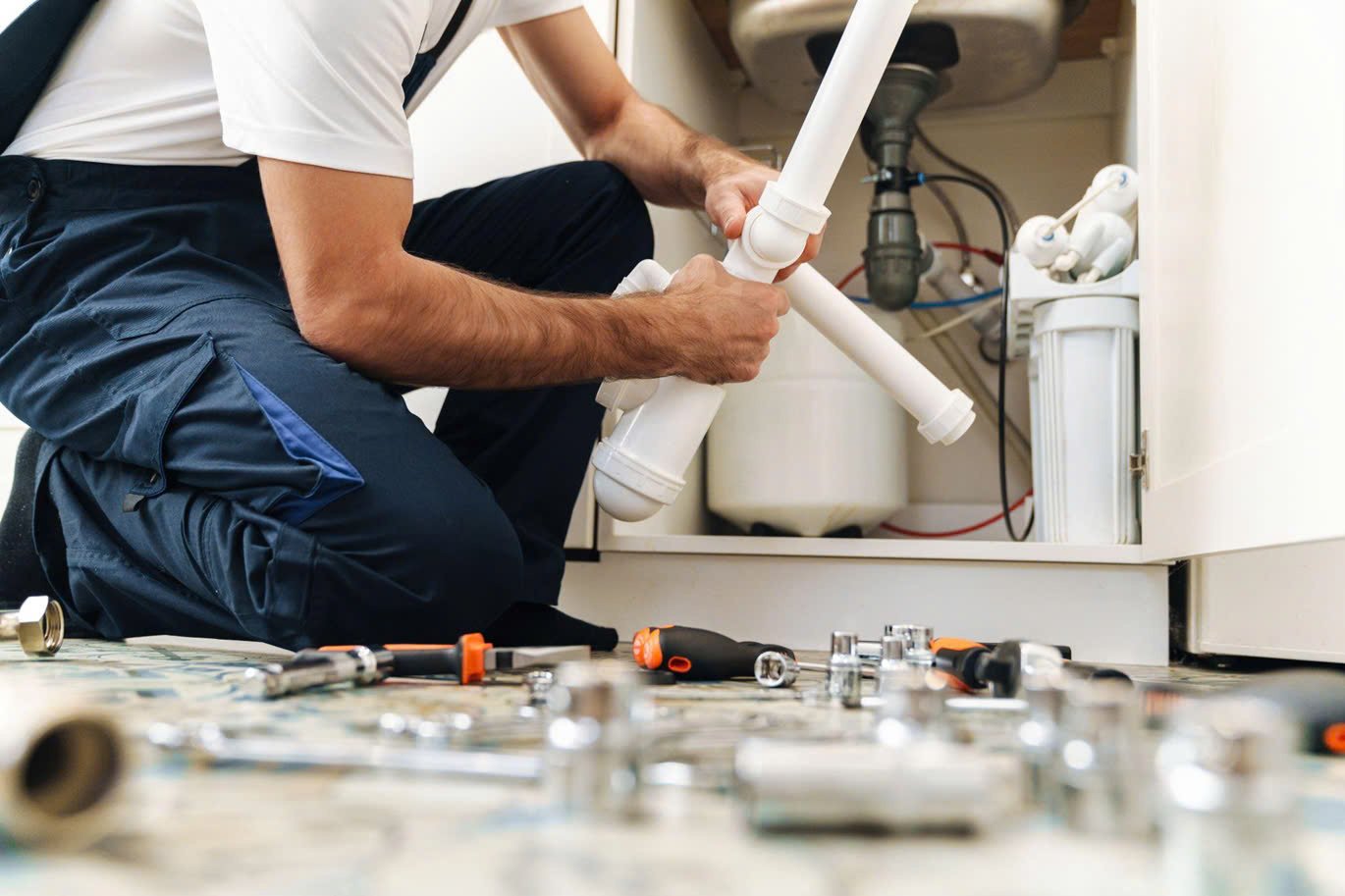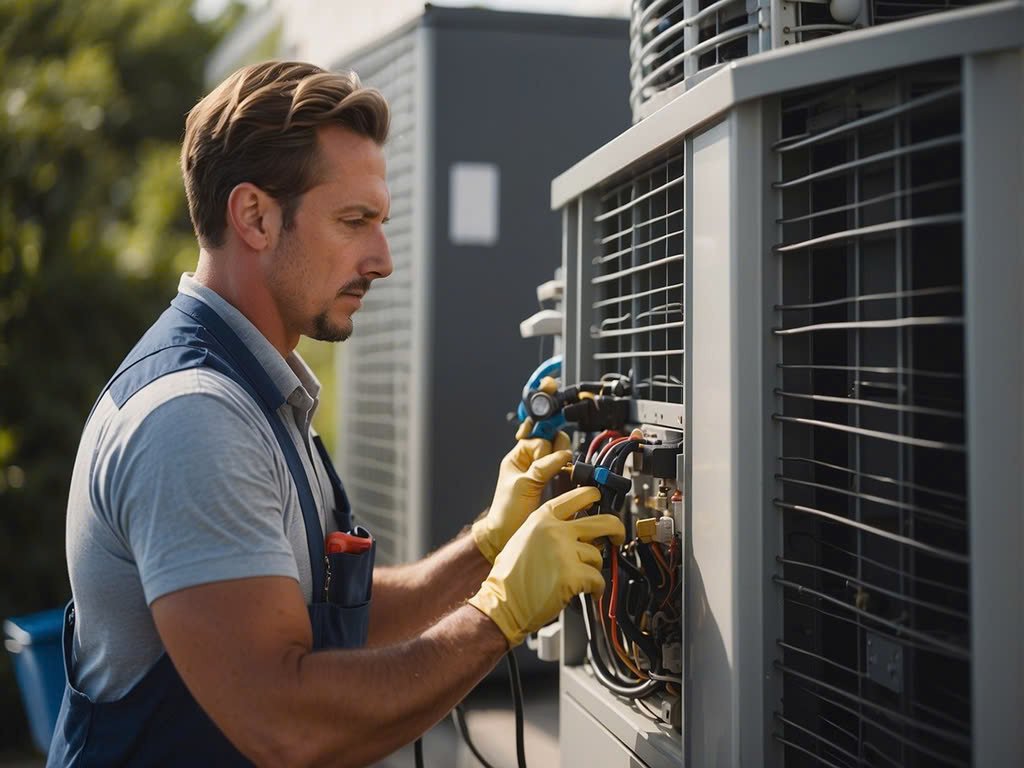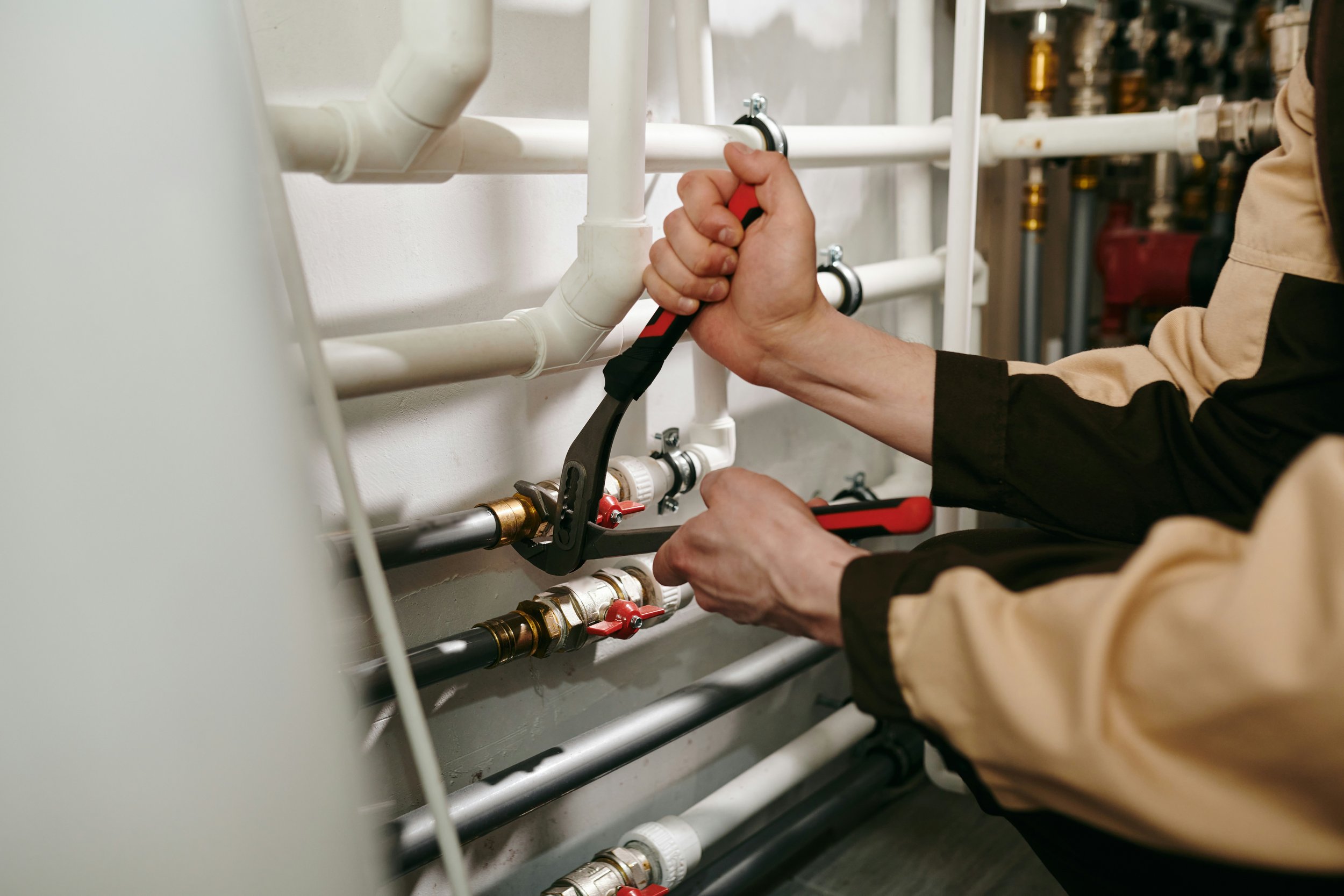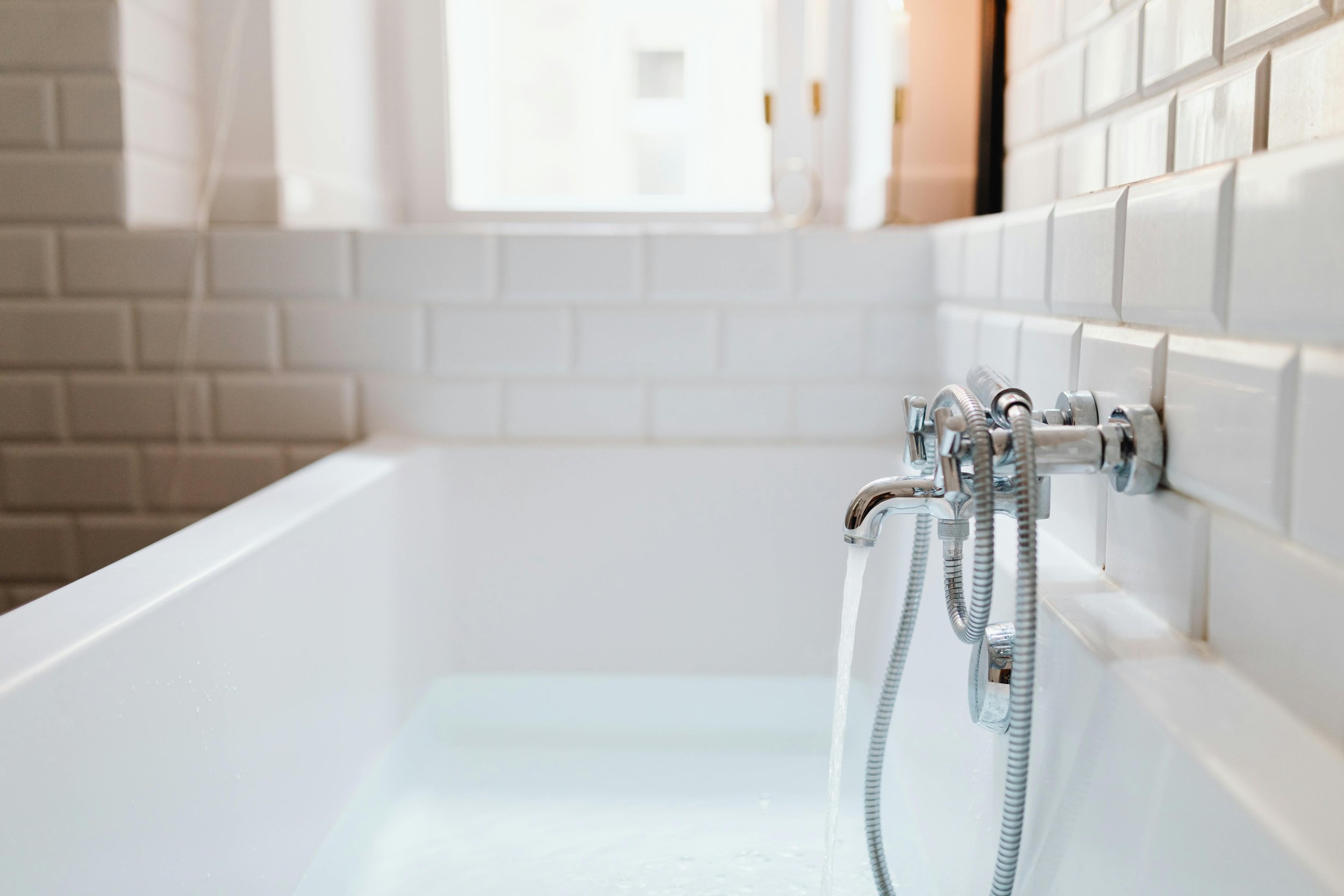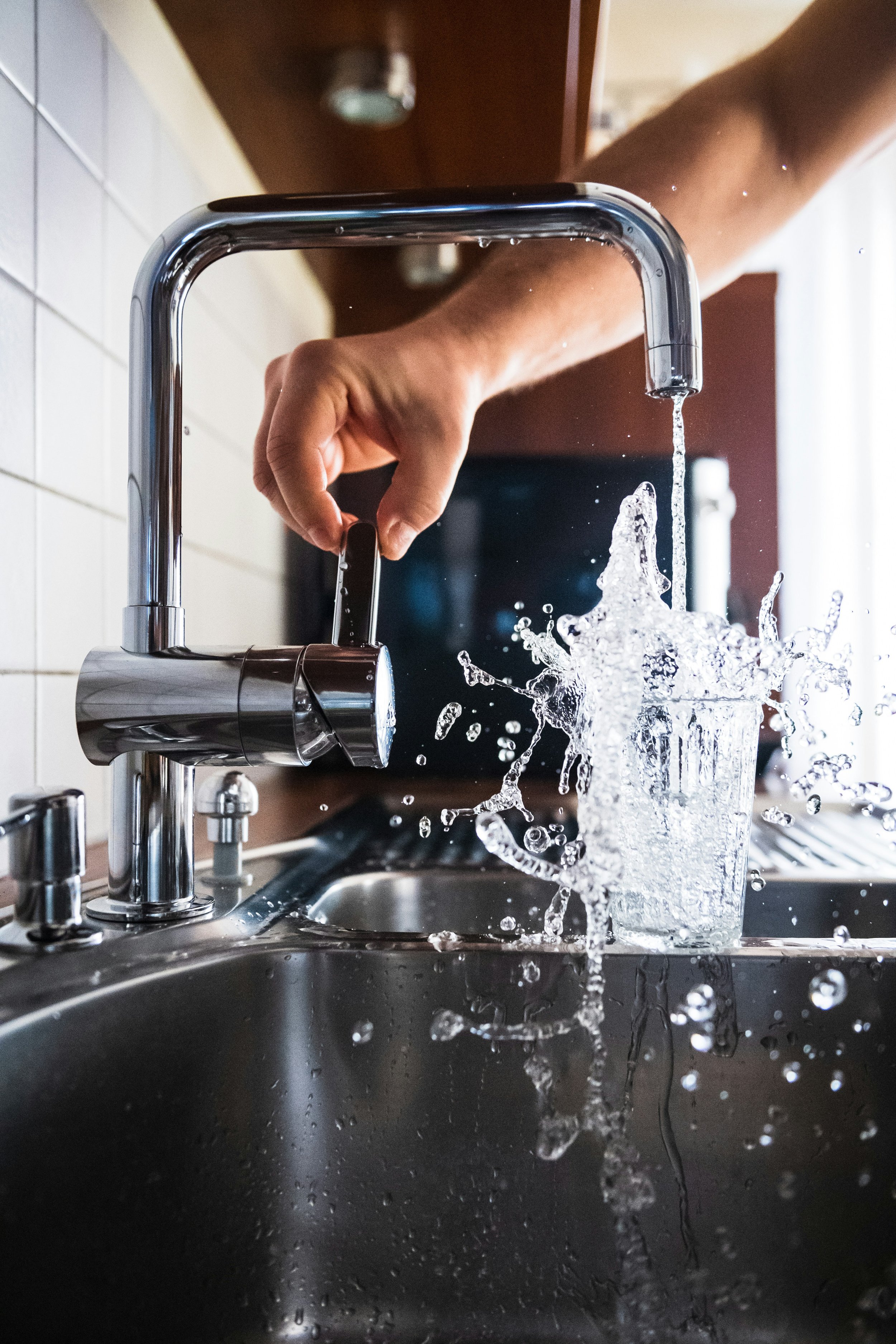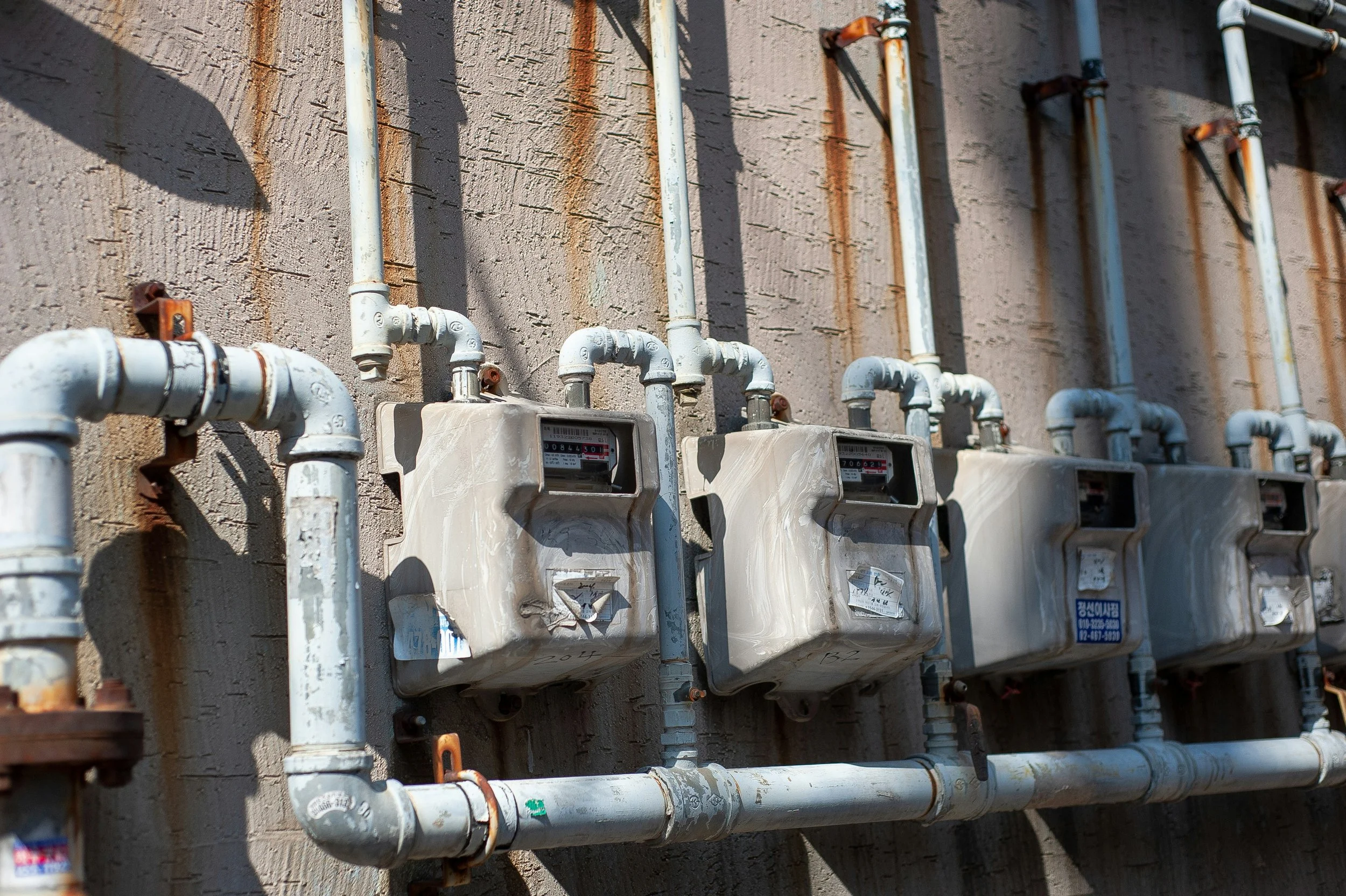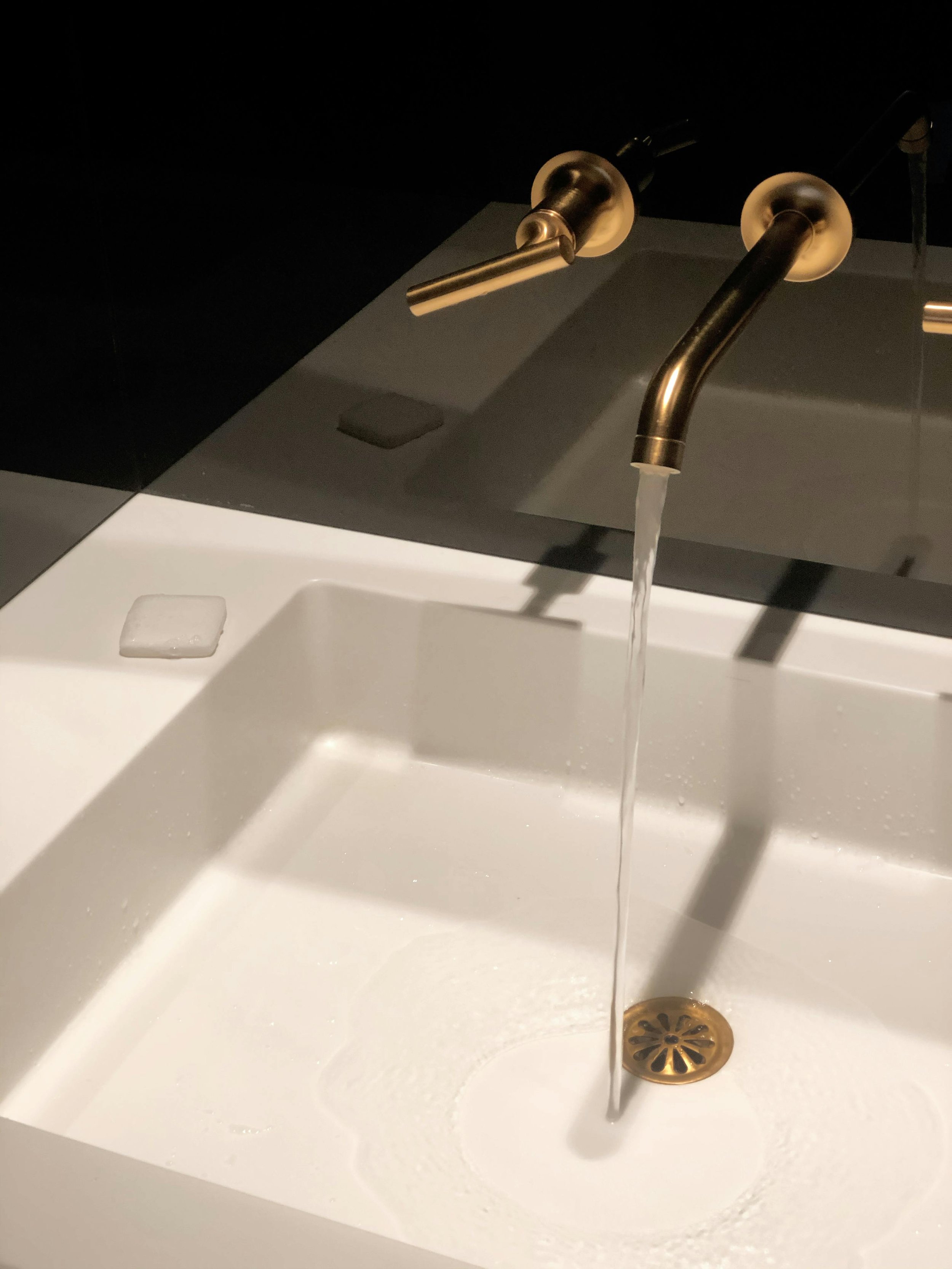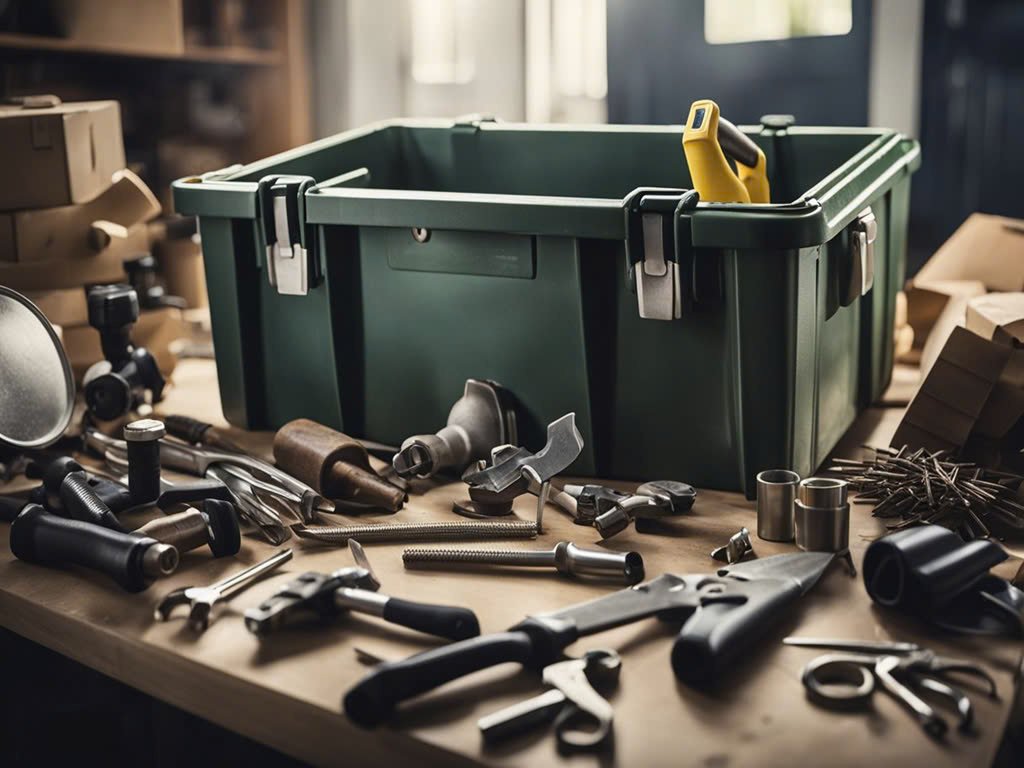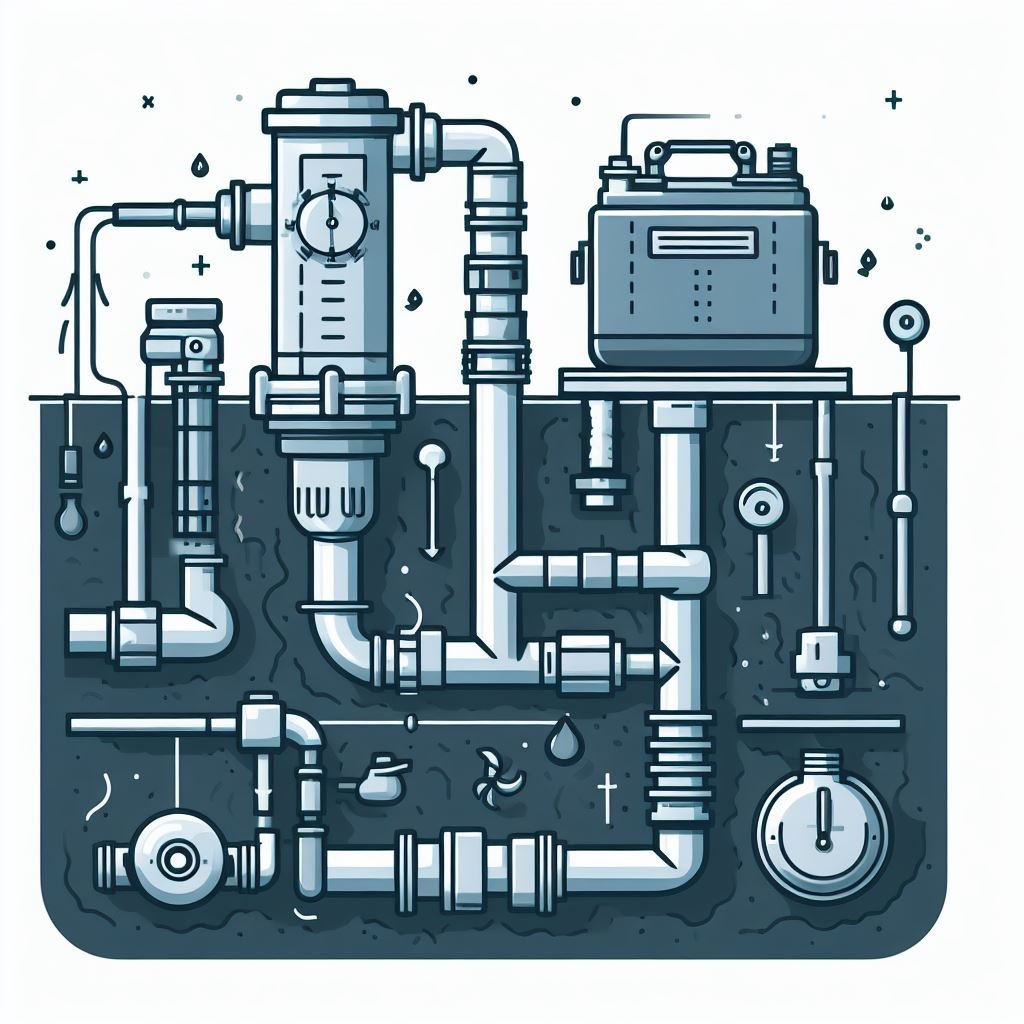Steps to Transform Plumbing Into a Smart Eco-Friendly System
Upgrade your home's plumbing with smart, eco-friendly solutions. Discover essential steps to improve efficiency, conserve water, and reduce utility costs.
Leaky faucets. Mysterious water bills. Outdated pipes wasting resources. Your plumbing system might feel stuck in the past, but it doesn’t have to stay that way.
Smart technology is reshaping how homes manage water, energy, and waste - quietly, efficiently, and with purpose.
Imagine your plumbing working like a thermostat for water: adjusting flow rates, detecting leaks instantly, and even rerouting pressure during peak times.
Why settle for reactive fixes when proactive solutions exist? This guide breaks down practical upgrades, from sensor-driven leak detectors to greywater recycling setups that cut waste without sacrificing convenience.
Retrofit Aging Pipes with Modular Smart Valves
Old plumbing systems waste water through leaks, corrosion, and inconsistent pressure. Modular smart valves offer a targeted fix without requiring full pipe replacements. These devices attach to existing pipes, using pressure sensors to detect weak spots and automatically adjust flow rates to prevent bursts.
Think of them like traffic controllers for water: they reroute pressure away from compromised sections, reducing strain on aging infrastructure. Installation involves cutting out damaged pipe segments and fitting the valves in their place - a process most DIY enthusiasts can manage with basic tools.
These valves are game-changers for apartments. Property managers can prioritize high-risk areas, such as joints near heating units or exterior walls prone to freezing. The valves also log data on usage patterns, helping identify recurring issues.
You can avoid costly overhauls while extending the lifespan of your plumbing by upgrading incrementally.
Integrate Solar-Powered Water Heaters
Heating water accounts for nearly 20% of household energy use, per the U.S. Department of Energy. Solar-powered systems tackle this by pairing rooftop panels with on-demand tankless heaters, eliminating bulky storage tanks.
Panels collect sunlight, transferring heat to a fluid that circulates through a heat exchanger. Preheated water flows directly to taps, while the tankless heater activates only during cloudy days.
Think of it like a hybrid car: solar handles baseline needs, keeping your home heated efficiently without constant grid reliance. Installation involves mounting panels on south-facing roofs or balconies and linking them to heaters near high-use areas.
Apartment buildings can share rooftop solar arrays, distributing heated water across units. Maintenance requires seasonal panel rinsing and pipe inspections.
The Solar Energy Industries Association reports these systems cut water heating costs by 50–70%, paying for themselves in 5–8 years.
Install IoT Sensors for Leak Prevention in Apartments
Apartment buildings face unique risks: shared walls, hidden pipes, and aging sewer lines. IoT sensors embedded in drain pipes and sewage junctions monitor flow rates, humidity, and blockages. These devices alert managers to slow clogs or pressure spikes before they escalate into floods.
Think of it like a smoke detector for plumbing: silent until danger arises, then urgent. Sensors placed near sewer cleanouts or basement mains track waste flow, flagging grease buildup or root intrusions.
For example, a high-rise building can reduce sewage overflows by 80% after installing sensors at key junctions. Alerts prompt preemptive hydro-jetting, avoiding costly repairs and tenant disruptions.
This approach is key to preventing apartment plumbing disasters, such as sewer problems that damage multiple units. Wireless systems sync with maintenance apps, prioritizing alerts based on severity.
Installation takes hours, with sensors magnetically attaching to metal pipes or adhering to PVC.
Implement Greywater Recycling with Minimal Upgrades
Greywater systems reuse water from showers, sinks, and laundry for tasks like irrigation or toilet flushing. Modern kits simplify installation - no tearing out walls or rewiring pipes.
Modular Filters: Attach to drainpipes, separating soap residue and debris without slowing flow.
Compact Tanks: Fit under sinks or in utility closets, storing filtered water for immediate reuse.
Smart Pumps: Automatically divert greywater to gardens or toilets based on preset schedules.
It’s like giving water a second act instead of sending it straight to the sewer. You can cut freshwater use by 35% after retrofitting laundry rooms with dual-pipe systems that channel greywater to landscaped areas!
Installation involves rerouting one or two drain lines and connecting pumps to existing irrigation or toilet supply lines. Maintenance? Just monthly filter rinses and annual pump checks.
For renters: Portable under-sink units require landlord approval but avoid permanent changes.
Deploy Predictive Analytics to Identify Weak Points Early
Predictive analytics transforms raw data from IoT sensors and smart valves into actionable warnings. Algorithms analyze flow rates, pressure fluctuations, and temperature changes to pinpoint vulnerabilities like thinning pipe walls or misaligned joints.
It’s like a mechanic listening for engine knocks - subtle signs of trouble that human observers might miss. The software cross-references your system’s performance against industry benchmarks, flagging anomalies such as gradual pressure loss in a supply line or erratic usage in a normally stable zone.
Integrating these tools requires connecting existing sensors to cloud-based platforms, which generate risk scores for each pipe segment. Maintenance teams receive prioritized alerts, directing them to inspect high-risk areas before failures occur.
Gartner notes that predictive systems reduce emergency repair costs by up to 60% in utility management. Training focuses on interpreting dashboards and scheduling preemptive fixes during off-peak hours, minimizing disruption.
No demolition is needed - just smarter use of data already flowing through your pipes.
Building a Resilient Water Future, One Upgrade at a Time
Every smart valve, sensor, or greywater system you install stitches another layer of durability into your home’s plumbing. These upgrades aren’t just fixes - they’re investments in a system that adapts to climate shifts and growing demands.
Why wait for a crisis to act? Start with small, modular changes that compound over time. Track reduced bills, fewer emergencies, and conserved resources as proof of progress.
Communities thrive when individual efforts align. Share insights with neighbors, swap retrofit tips, and advocate for shared solutions like solar water heating.
Resilience isn’t built overnight. But today’s upgrades guarantee tomorrow’s stability.
